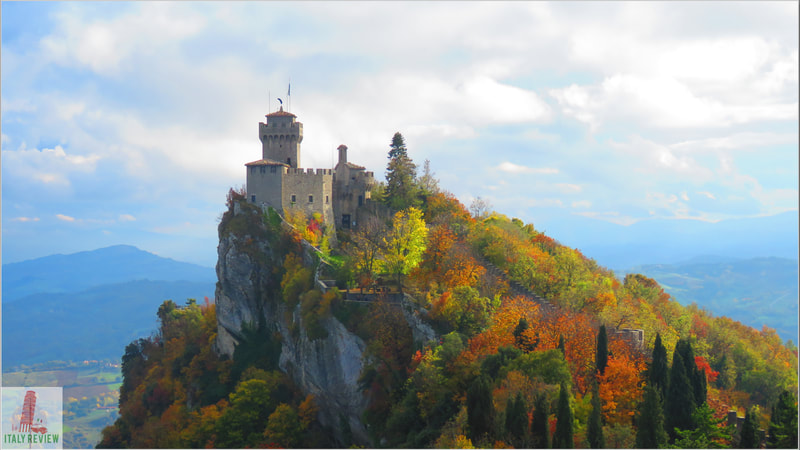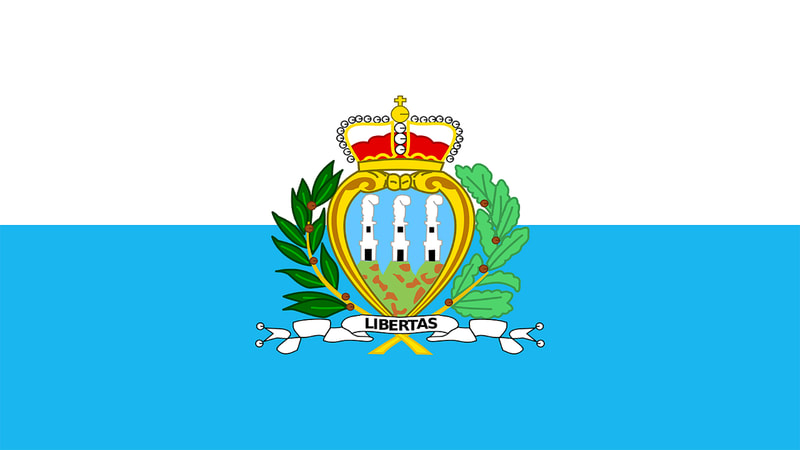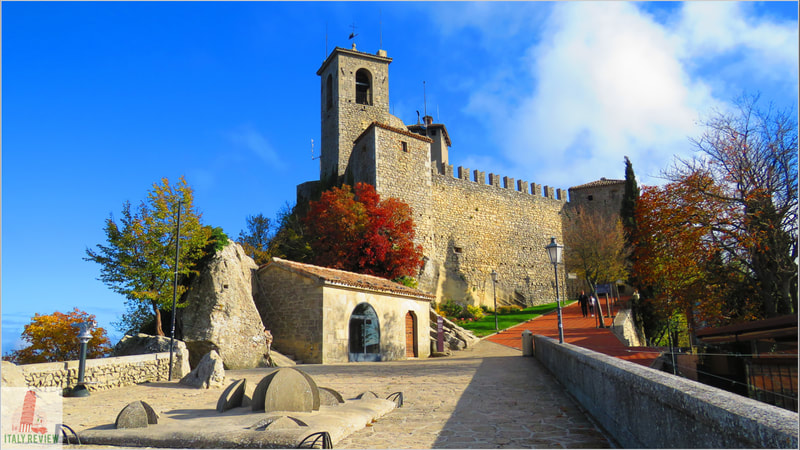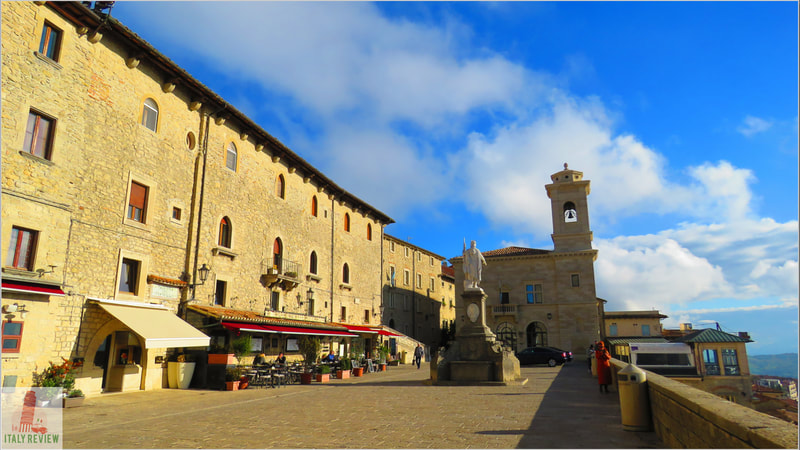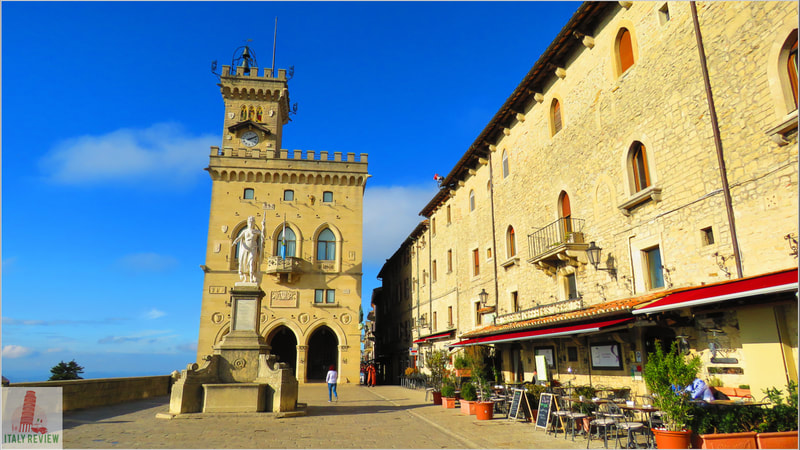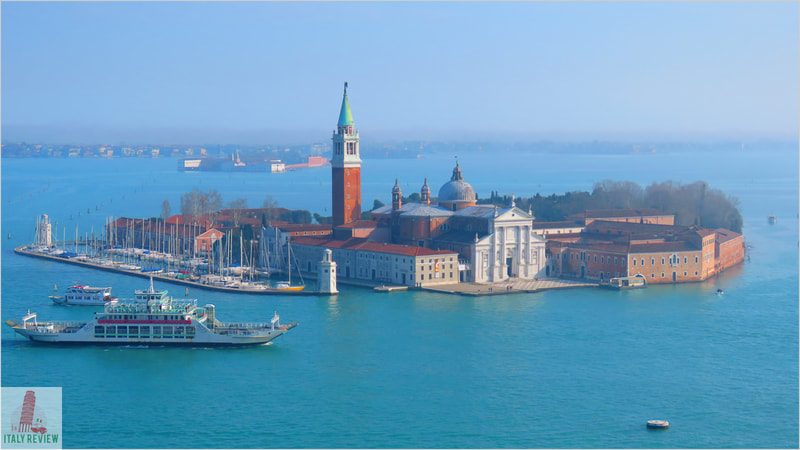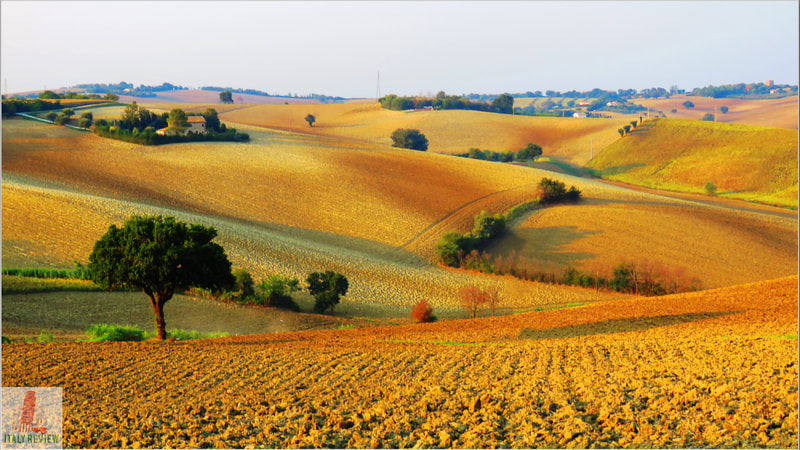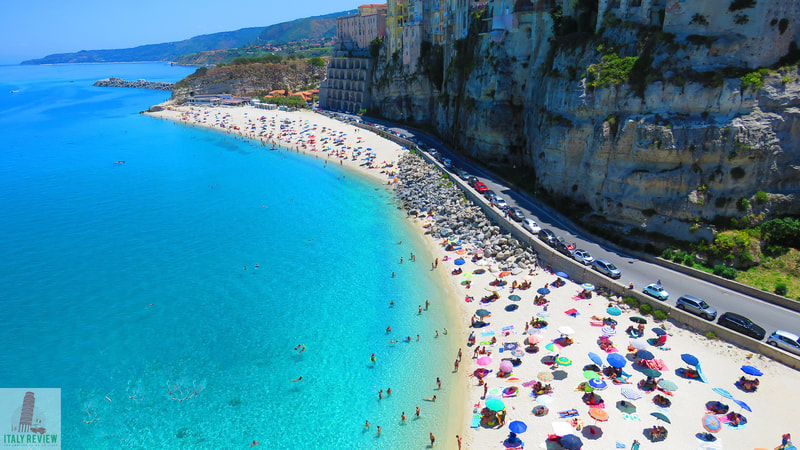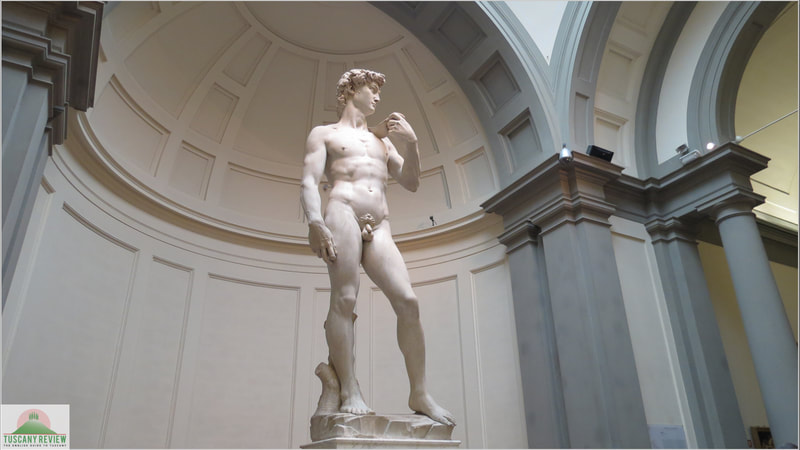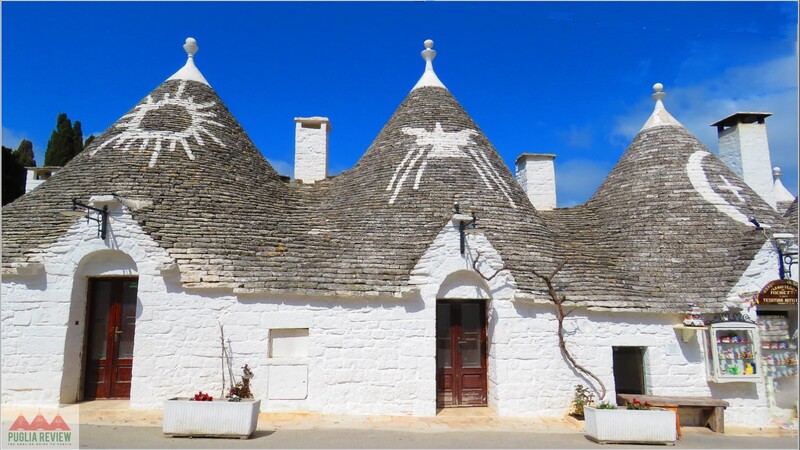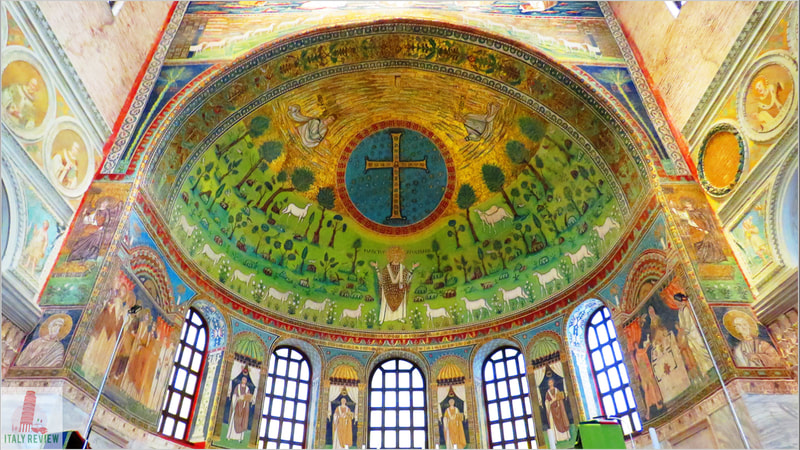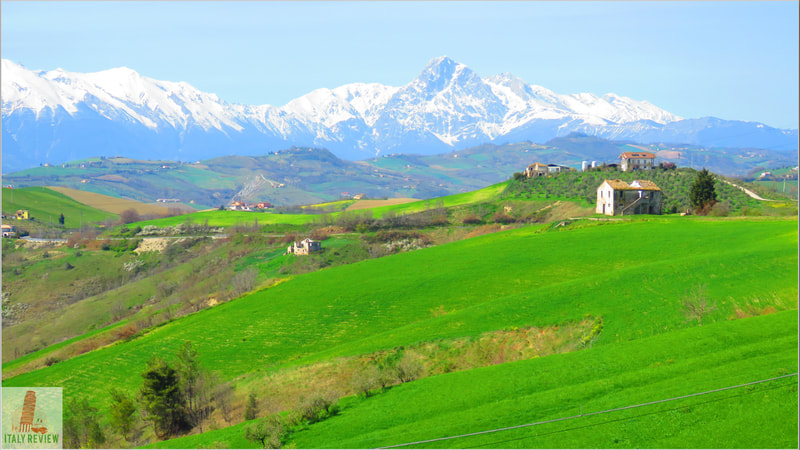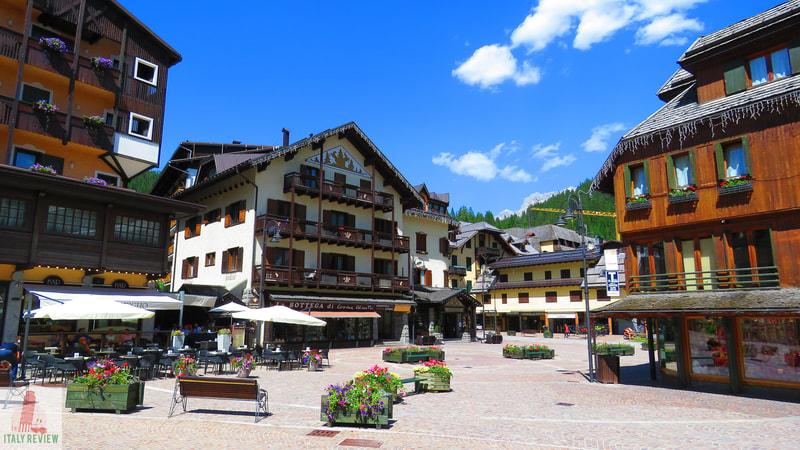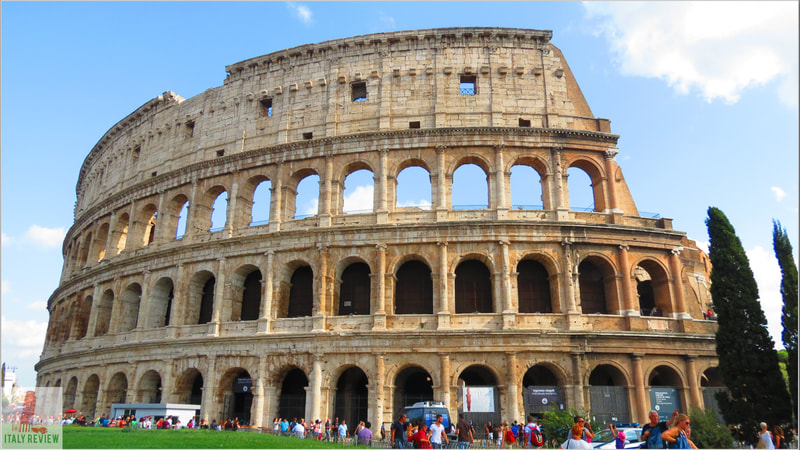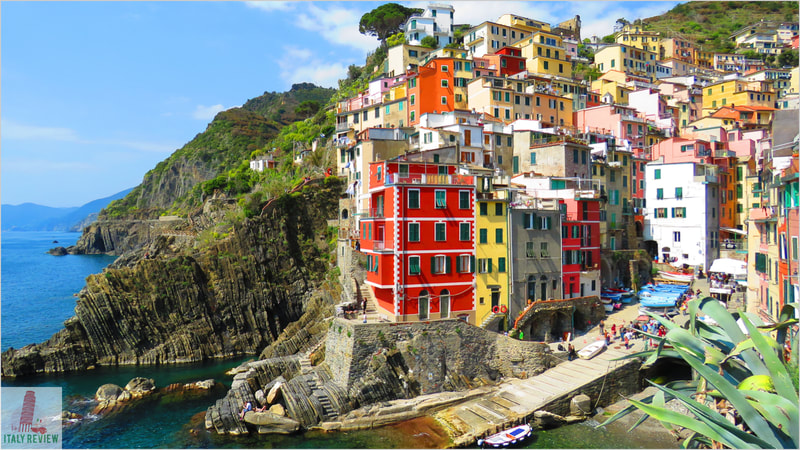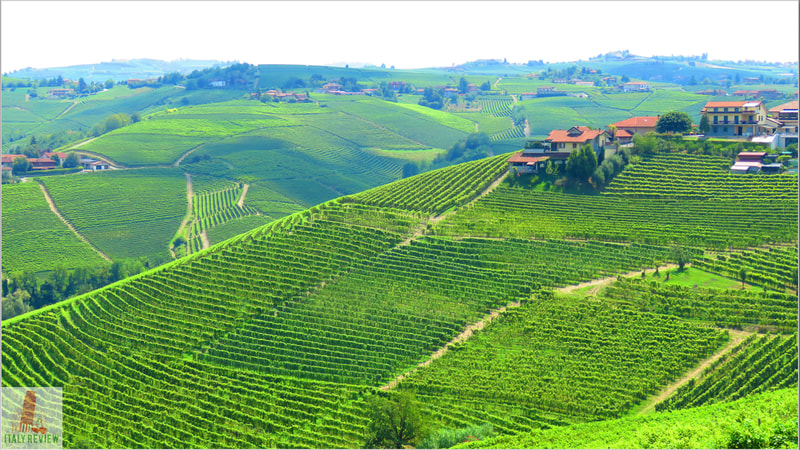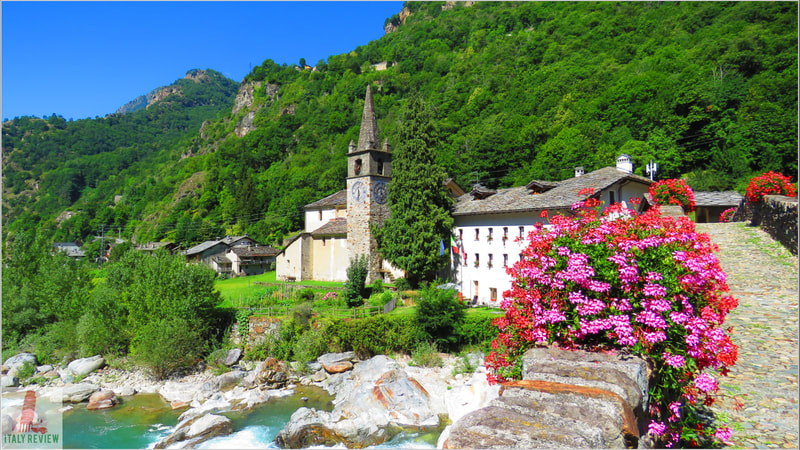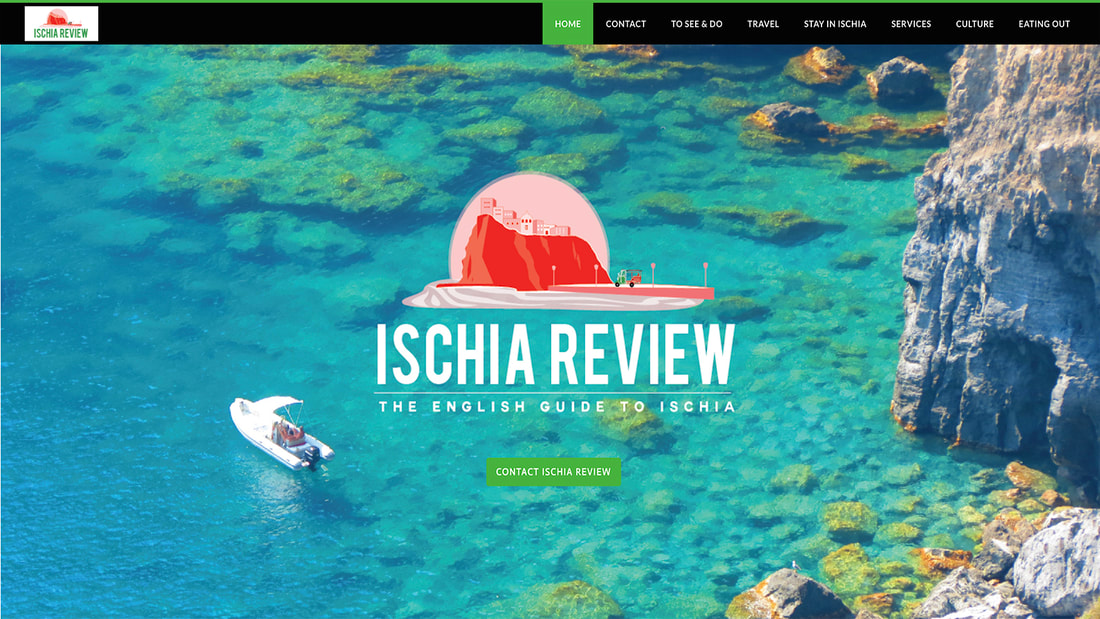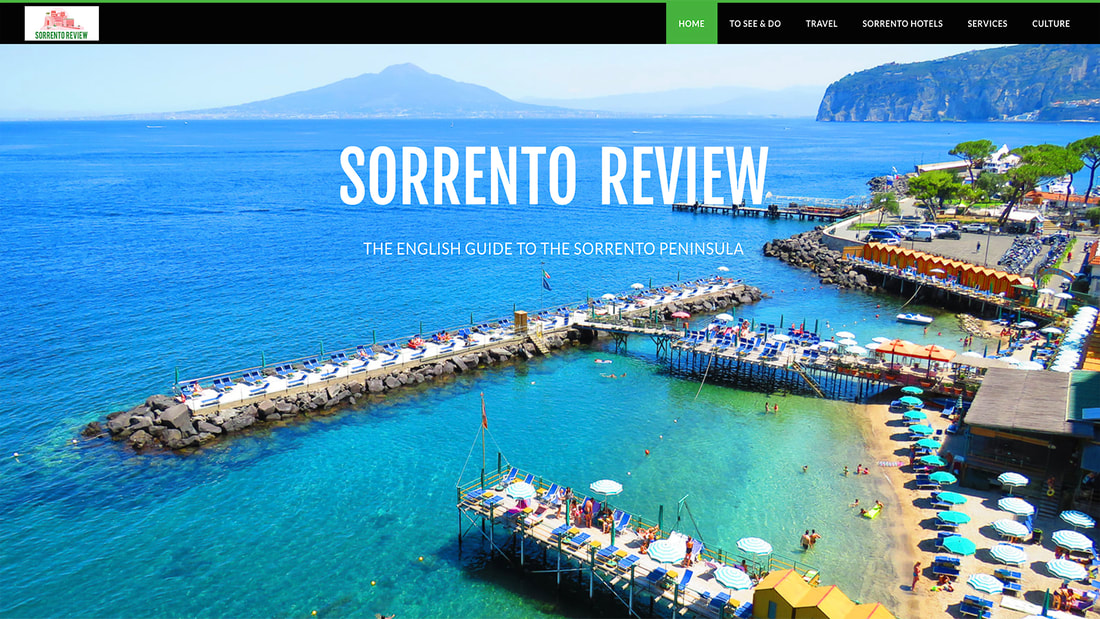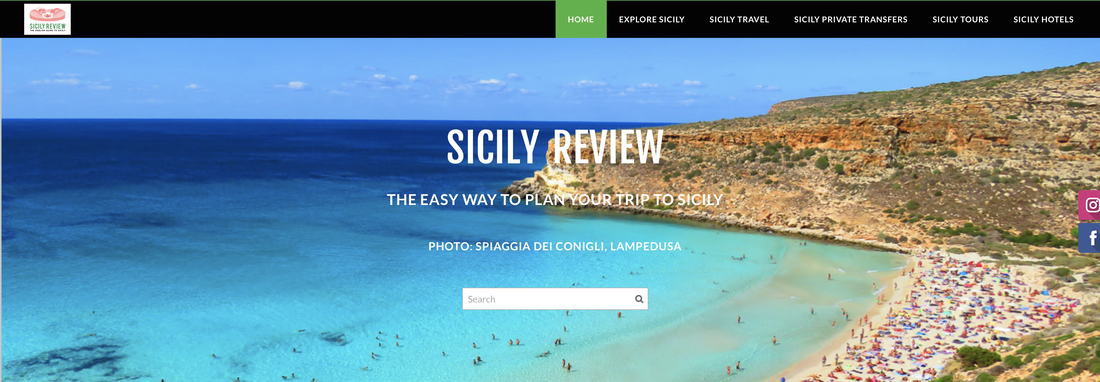San Marino
|
By Dion Protani
|
Latest update: 30 December 2023
|
|
The Republic of San Marino is an independent state, situated to the south of Emilia Romagna and just above the neighbouring region of Marche. Its population is around 33,000 residents with the main area of interest being its central hill town.
The hill town is distinctive with its series of three watch towers while the medieval centre boasts beautiful piazzas and panoramic views. San Marino and its highest peak of Monte Titano (379 metres) are inscribed as a UNESCO World Heritage Site; a testimony to its longevity as a free state since the 13th century. |
Related links
Italian culture
The first thing to note about San Marino is that although it is an independent state, the 5th smallest country in the world at just 61 km², the culture is very much Italian. You don't need a passport to enter San Marino although you can pay to have it stamped by the border guards if you so wish, and the currency accepted are the same Euros that you spend in the rest of Italy. Everyone in San Marino speaks Italian but the Sammarinese (people of San Marino) may sometimes speak to each other in the local dialect of Emilia Romagna.
San Marino was founded in 301 AD by the saint of the same name who was fleeing the persecutions against Christians by the Roman Emperor Diocletian across the Adriatic Sea in Croatia. On 3rd September 301 AD, Saint Marinus established a monastery at the top of Monte Titano and ever since that date, San Marino has enjoyed a long-cherished state of independence, apart from a period of six months in 1503 when it was occupied by Cesare Borgia.
San Marino was founded in 301 AD by the saint of the same name who was fleeing the persecutions against Christians by the Roman Emperor Diocletian across the Adriatic Sea in Croatia. On 3rd September 301 AD, Saint Marinus established a monastery at the top of Monte Titano and ever since that date, San Marino has enjoyed a long-cherished state of independence, apart from a period of six months in 1503 when it was occupied by Cesare Borgia.
The Most Serene Republic of San Marino
Although the culture of San Marino is decidedly Italian, it has a number of quirks that make it quite unique and in many ways separate it from the land that surrounds it. Also known as the "Most Serene Republic of San Marino" (Serenessima Repubblica di San Marino) its citizens are relatively prosperous compared to those of Italy with a much higher GDP per capita.
Until 2014 it was a tax haven but even though that's no longer the case, it has extremely low rates of unemployment and its economy is one of the sturdiest in Europe. San Marino also features in major sporting events; its national football team is a notorious whipping-boy during World Cup or European Championship qualifying matches but for years it proudly gave its name to the Formula One Grand Prix of San Marino, even though the race itself took place at the circuit of Imola, across the Italian border in Emilia Romagna.
As an independent nation, San Marino of course has its own flag; the blue and white standard features the Republic's coat of arms in the middle and at the centre of that crest are three towers. Those three towers are among the main tourist attractions of the hill town and occupy the spine of the mountain in strategic positions.
The first and most famous tower is the Torre Guaita, a fortress built in the 11th century which was a prison until 1975 but now one of the most interesting places in San Marino with ramparts that you can walk around and a prison museum. The Torre Cesta occupies the highest peak of the three towers and contains its own museum with a large selection of weaponry among its exhibits. The final, or third tower is the Torre Montale, a 14th century structure that was also once a prison but now off limits to the general public.
Until 2014 it was a tax haven but even though that's no longer the case, it has extremely low rates of unemployment and its economy is one of the sturdiest in Europe. San Marino also features in major sporting events; its national football team is a notorious whipping-boy during World Cup or European Championship qualifying matches but for years it proudly gave its name to the Formula One Grand Prix of San Marino, even though the race itself took place at the circuit of Imola, across the Italian border in Emilia Romagna.
As an independent nation, San Marino of course has its own flag; the blue and white standard features the Republic's coat of arms in the middle and at the centre of that crest are three towers. Those three towers are among the main tourist attractions of the hill town and occupy the spine of the mountain in strategic positions.
The first and most famous tower is the Torre Guaita, a fortress built in the 11th century which was a prison until 1975 but now one of the most interesting places in San Marino with ramparts that you can walk around and a prison museum. The Torre Cesta occupies the highest peak of the three towers and contains its own museum with a large selection of weaponry among its exhibits. The final, or third tower is the Torre Montale, a 14th century structure that was also once a prison but now off limits to the general public.
Hilltop towers
The towers perched on the hilltop create something of a fairytale or Walt Disney feel and that feeling is heightened when you descend the cobbled streets to the main area of the hill town. The fairytale loses its sparkle somewhat as you pass an endless series of souvenir shops and dulls further with a large number of shops dedicated to weaponry, particularly guns and crossbows. San Marino has some of the most relaxed gun laws of anywhere in Europe and despite its population of just 33 thousand, supports a standing army of around 1,000 soldiers.
That combative side of San Marino is further displayed at a Torture Museum but its history is displayed in a slightly more harmonious way at the local Wax Museum. The most important museum is the Museo di Stato which exhibits a mixture of archaeological finds, Renaissance paintings and Egyptian artefacts. A multimuseo card can be purchased from the tourist office which provides access to most of the museums in San Marino for a flat fee of around €10.
What can be described as the centre of the medieval area of San Marino is the beautiful Piazza della Libertà which is home to the principal governmental building: the Palazzo Pubblico. During the summer months, the Piazza is the stage of an hourly changing of the guard which is quite a spectacle. The other major sight around this central area is San Marino's cathedral: the Basilica di San Marino built in 1838 and with its neoclassical facade quite different from the Renaissance revival architecture around the Piazza below.
That combative side of San Marino is further displayed at a Torture Museum but its history is displayed in a slightly more harmonious way at the local Wax Museum. The most important museum is the Museo di Stato which exhibits a mixture of archaeological finds, Renaissance paintings and Egyptian artefacts. A multimuseo card can be purchased from the tourist office which provides access to most of the museums in San Marino for a flat fee of around €10.
What can be described as the centre of the medieval area of San Marino is the beautiful Piazza della Libertà which is home to the principal governmental building: the Palazzo Pubblico. During the summer months, the Piazza is the stage of an hourly changing of the guard which is quite a spectacle. The other major sight around this central area is San Marino's cathedral: the Basilica di San Marino built in 1838 and with its neoclassical facade quite different from the Renaissance revival architecture around the Piazza below.
Breathtaking views
A few steps north of Piazza della Libertà brings you to a panoramic viewpoint from which you can see the patchwork landscape of Emilia Romagna's hinterland. The area around the viewpoint is landscaped with a garden but also serves a practical purpose as it's the arrival point in the medieval centre for the cable car. The cable car system connects the upper area of San Marino with the mainly residential Borgo Maggiore area down below with a journey time of around 15 minutes but perhaps more importantly, a great way to take in the surrounding views.
San Marino doesn't have its own train network and the nearest train station is in Rimini which can be reached via public transport with a bus which takes around 45 minutes. During the summer San Marino can get really busy with tourists but if you visit a little outside of the peak times of July and August, you should find parking spaces available. There are a good amount of parking spaces in and around the hill town but even if they're all too busy, there are plenty of parking options in the lower town of Borgo Maggiore. Just south of Rimini and a 40 minute drive from San Marino is the Rimini & San Marino Airport with international flight connections throughout Europe.
The places of most interest close to San Marino are some of the smaller hill towns such as San Leo to the west or the castle of Torriana directly to the north. However, a significant proportion of San Marino's visitors come via day trips from the major tourist resorts of the nearby Adriatic Coast of which Rimini, Riccione and Cattolica are the most significant but something slightly different further up the coast is the seaside town of Cesenatico with its beautiful open-air ship museum and the inland town of Cesena with its historic medieval streets.
San Marino doesn't have its own train network and the nearest train station is in Rimini which can be reached via public transport with a bus which takes around 45 minutes. During the summer San Marino can get really busy with tourists but if you visit a little outside of the peak times of July and August, you should find parking spaces available. There are a good amount of parking spaces in and around the hill town but even if they're all too busy, there are plenty of parking options in the lower town of Borgo Maggiore. Just south of Rimini and a 40 minute drive from San Marino is the Rimini & San Marino Airport with international flight connections throughout Europe.
The places of most interest close to San Marino are some of the smaller hill towns such as San Leo to the west or the castle of Torriana directly to the north. However, a significant proportion of San Marino's visitors come via day trips from the major tourist resorts of the nearby Adriatic Coast of which Rimini, Riccione and Cattolica are the most significant but something slightly different further up the coast is the seaside town of Cesenatico with its beautiful open-air ship museum and the inland town of Cesena with its historic medieval streets.
|
Region: Independent State
Population: 34,110 (source: Worldometers.info 6 January 2023) Elevation: 749 metres Highlights: Torre Guaita, Piazza della Libertà, Palazzo Pubblico Close by: San Leo, Verucchio, Rimini, Santarcangelo di Romagna Recommended accommodation: Hotel Rosa |
UNESCO World Heritage Site
San Marino Historic Centre and Mount Titano
Year: 2008
San Marino Historic Centre and Mount Titano
Year: 2008

